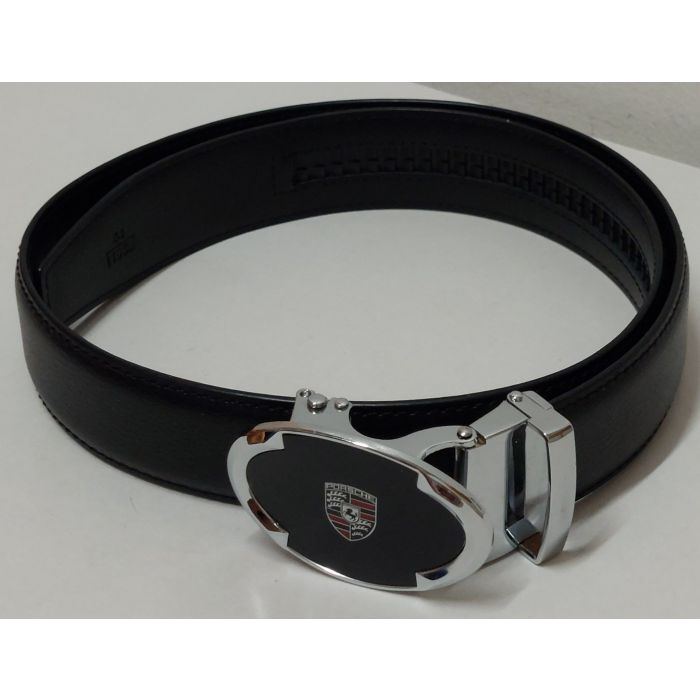
Shudokan - Tässä vielä uudet vyöt! 5. Kyu Paula Huhtala Jaana Seppä Saska Viitala 5. Kyu + merkki Sami Lintinen 5. Kyu + 2 merkkiä Ella Viinikainen 4. Kyu + merkki Pauli

Nahkavyöt miehille Nahkavyöt miehille Merkki Nuori lehmännahka korkealaatuiset vyöt miehille Williampolo Automaattinen solki Aito | Fruugo FI

Luksus miesten vyöt Cowskin aitoa nahkaa Double G Letter -solki Suunnittelijat vyöt miehille Kuuluisten merkkien mekko häätyöhihna Silver 120CM 0268 | Silver | 120CM | Fyndiq

Lehmän aitoa nahkaa miesten vyöt Uusin saapumis kolme väriä Hot Design farkkuvyö miehille Alkuperäinen merkki – Planet Gates

Kuvapankin kuvitus otsikolla Judologo Etiketti Merkki Suunnitteluelementti Urheilusuunnittelun Vektorikuva Taistelulajien Sijoitusvyö Judovyö Urheilutulostus Retro Vintage Judourheiluvektorikuva – Lataa kuva nyt - iStock

Miehet vyömetalli ylellinen merkki Automaattinen solki nahka Korkealaatuiset vyöt miehille Liiketyö Rento hihna 3.0cm | Fruugo FI

Miehet vyömetalli ylellinen merkki Automaattinen solki nahka Korkealaatuiset vyöt miehille Liiketyö Rento hihna 3.0cm | Fruugo FI

Luksus miesten vyöt Cowskin aitoa nahkaa Double G Letter -solki Suunnittelijat vyöt miehille Kuuluisten merkkien mekko häätyöhihna Gold 100cm 712b | Gold | 100cm | Fyndiq





































